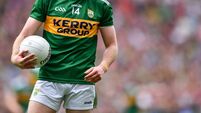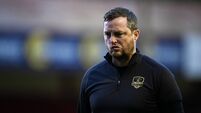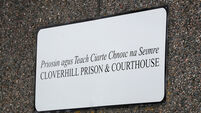HSI ‘is going to succeed’
The former agriculture minister smiles as he vouchsafes the success of Horse Sport Ireland (HSI), perhaps surprised at the audacity of suggestion that a man with his political nous would ever consider failure ... or admit to it.
However, the Corkman would never be so naive as to think he has an easy task. Coercing and cajoling the disparate interests that make up the equestrian sector to travel down the road of unity, fearful of a dilution of their autonomy, will be difficult, but not impossible.














